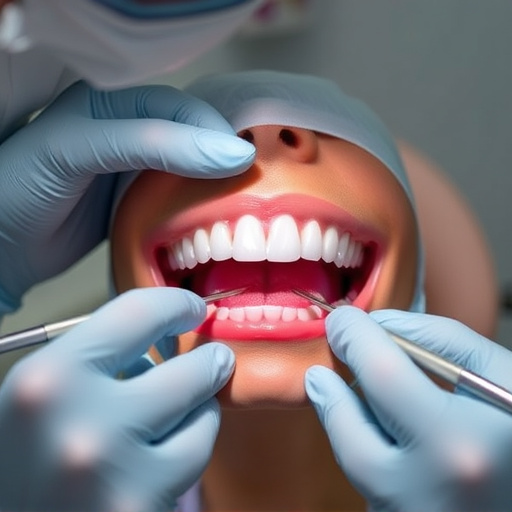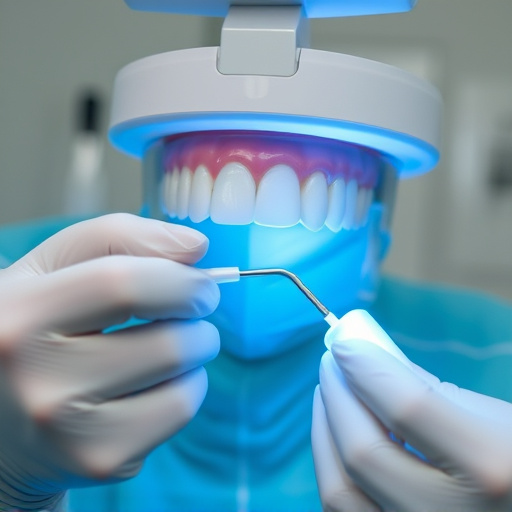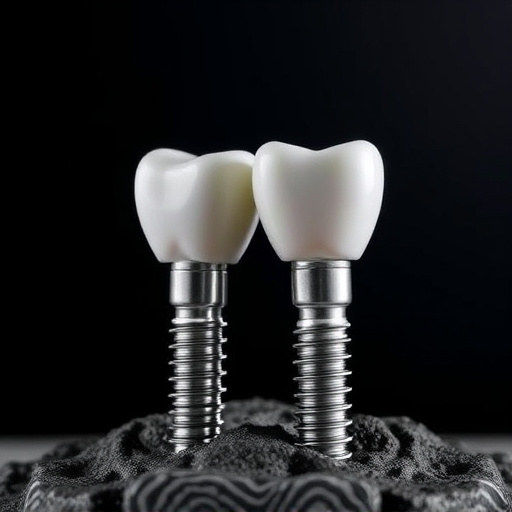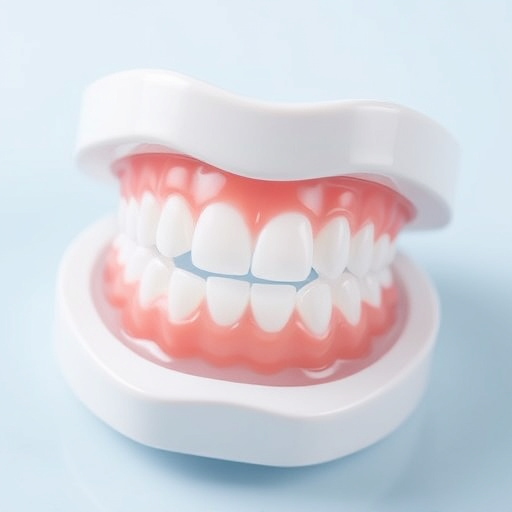Single tooth implants offer a modern dental restoration method, enhancing function and aesthetics compared to bridges or dentures. After surgery, osseointegration provides a solid base for a custom-made crown, matching natural teeth. This solution improves well-being, prevents bone loss, and boosts confidence, ideal for those considering tooth extractions.
Single tooth implants are transforming oral health, offering a permanent solution for missing teeth. This advanced dental procedure not only restores oral function but also enhances appearance, boosting self-confidence. Unlike traditional bridges or dentures, implants provide a secure, natural-feeling replacement that looks and functions like a real tooth. In this comprehensive guide, we explore the benefits, surgical process, and results of single tooth implants, empowering you to make informed decisions about your oral health.
- Understanding Single Tooth Implants: A Comprehensive Overview
- Benefits: Restoring Oral Function and Boosting Self-Confidence
- The Surgical Process: From Placement to Healing and Results
Understanding Single Tooth Implants: A Comprehensive Overview
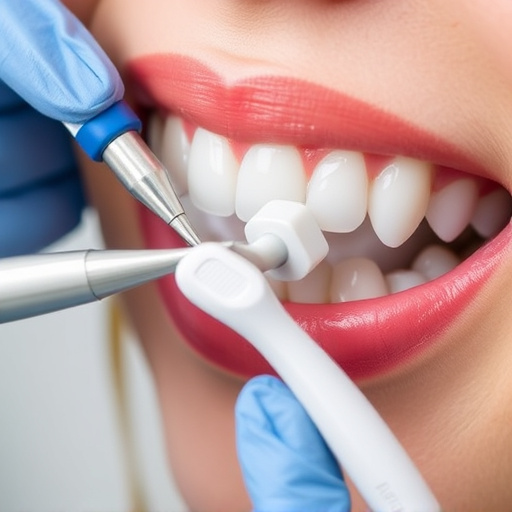
Single tooth implants have emerged as a revolutionary solution in dental restoration, offering both functional and aesthetic benefits to patients experiencing tooth loss. Unlike traditional bridges or dentures, which can involve multiple adjacent teeth, single tooth implants are designed to replace a single missing tooth with a sturdy and natural-looking prosthesis. This advanced procedure involves surgically placing a titanium post into the jawbone, where it fuses with the bone through osseointegration, providing a solid foundation for the replacement tooth.
The process begins with an initial consultation to assess oral health and determine if implants are suitable. Dental professionals take X-rays and perform comprehensive examinations to plan the procedure. Following successful implantation and healing, a custom-made crown is attached to the implant, matching the patient’s natural teeth in color, shape, and size. This final step ensures not only improved chewing functionality but also restores the smile’s aesthetic appeal. Integrating single tooth implants into preventative dentistry routines can enhance oral health and well-being for individuals considering tooth extractions due to decay or damage.
Benefits: Restoring Oral Function and Boosting Self-Confidence

Single tooth implants offer a transformative solution for individuals seeking to restore both oral function and boost their self-confidence. By replacing missing teeth with synthetic roots that mimic natural ones, these advanced dental procedures can stabilize dentures or bridges, enabling patients to chew and speak comfortably again. This not only enhances overall oral health but also revitalizes one’s smile, fostering a renewed sense of confidence in social situations and professional settings.
Furthermore, single tooth implants are integral components of both general and cosmetic dentistry practices, as they provide a long-lasting alternative to traditional dentures or temporary fixes. Incorporating these advanced solutions into routine oral exams allows dental professionals to address missing teeth promptly, preventing further complications such as bone loss or misalignment of remaining teeth. As a result, patients can maintain optimal oral health while enjoying an aesthetically pleasing and functional smile.
The Surgical Process: From Placement to Healing and Results
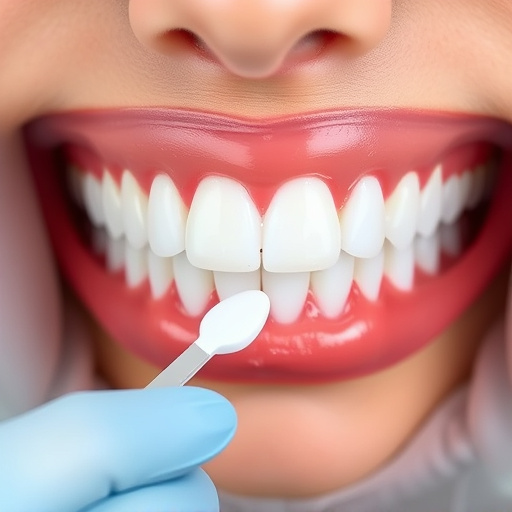
The surgical process for single tooth implants involves a series of precise steps designed to restore oral function and aesthetics effectively. It begins with an initial consultation where a dentist assesses the patient’s oral health, discusses expectations, and determines if implants are the best solution. If approved, the procedure starts with a local anaesthetic to numb the area. The dentist then carefully removes the missing tooth or undergoes wisdom tooth removal if necessary, creating space for the implant.
Next, the dental implant is placed into the jawbone, ensuring it fits securely. After placement, the site is sutured, and healing begins. This crucial phase allows the bone to fuse around the implant, creating a robust foundation. Once healed, typically after several months, a small connector post called an abutment is attached. Finally, a custom-made dental crown is secured onto the abutment, matching the patient’s natural teeth in shape, size, and color, resulting in an aesthetically pleasing restoration that enhances both smile and confidence.
Single tooth implants represent a significant advancement in dental restoration, offering both functional and aesthetic benefits. By understanding the comprehensive overview of this procedure, patients can gain confidence in restoring their oral health and enhancing their smile. The surgical process, while requiring careful planning and execution, leads to remarkable results, ensuring improved chewing ability and a natural-looking tooth replacement. Embrace the power of single tooth implants for a revitalized oral function and enhanced self-assurance.








